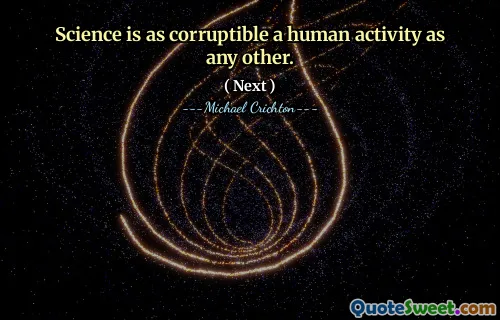
We're eye doctors. What's something about the eye that most people don't realize? The eye doesn't see. The brain sees. The eye just transmits. So what we see isn't only determined by what comes through the eyes. What we see is affected by our memories, our feelings, and by what we've seen before.
This quote highlights a fascinating aspect of human perception—our visual experience is not merely a direct result of external stimuli captured by the eyes. Instead, it underscores the complex interplay between sensation and interpretation. While our eyes function as the primary tools for gathering visual information, it's actually the brain that constructs what we perceive as reality. The process involves filtering, interpreting, and integrating incoming data with prior knowledge, memories, and emotional states. This explains why sometimes two people can look at the same scene but perceive it quite differently based on their experiences and feelings. It resonates with the idea that perception is subjective and constructed rather than objective. Recognizing this can deepen our understanding of human interactions and the nature of real or perceived reality, reminding us to be empathetic towards others’ perspectives. It also emphasizes the importance of mental and emotional context in shaping our experiences, suggesting that what we see is a personal story filtered through the lens of our own history and beliefs. This insight invites us to reflect on the importance of internal perception and how our minds influence our understanding of the world around us, shaping our understanding of truth, beauty, and even pain.







